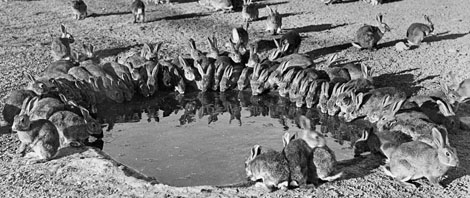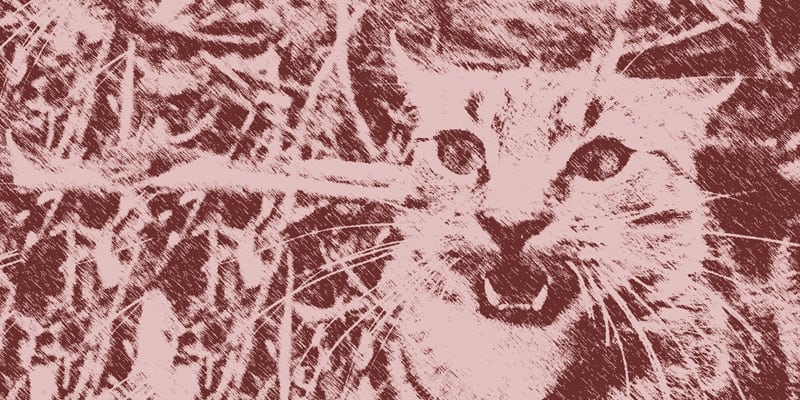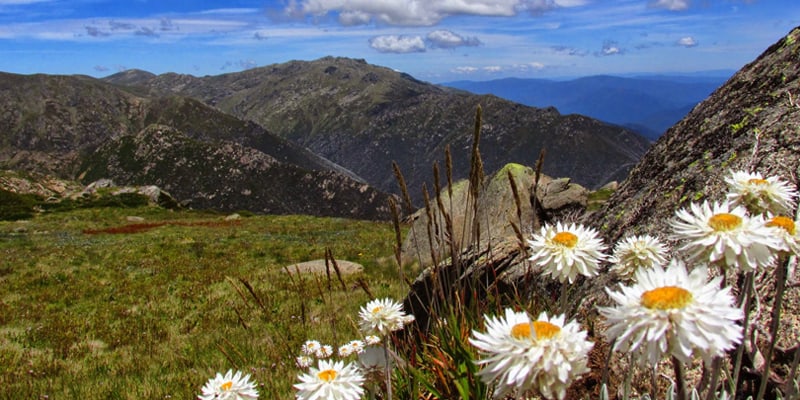
Recent news of 220 cuts to the federal agriculture department targeting frontline biosecurity staff does not bode well for Australia’s preparedness for the growing wave of agricultural and environmental pests.
As the volume of trade and passengers passing through our ports and airports increases, we should be concerned.
We should be concerned about the threat to our agriculture industries from new imported diseases and pests but much more at risk is our natural environment, with its irreplaceable endemic plants and animals.
While we can point to the introduction of the fox, rabbit, cane toad and prickly pear as tragic and sobering ecological disasters that we are now forced to live with, it is safe to predict the wave of new invaders will grow. While we have learnt the lessons (mostly) from these world-famous mistakes, most new invaders of the future will probably be accidents, stowaways and illegal introductions.
Australia’s biosecurity system is all that stands in the way.
Every week quarantine officers find ants, spiders and snakes hidden under containers, plant and animal smugglers or keen hobbyists sneaking in exotic plants and pets, careless importers bringing in mud and seed encrusted machinery or even container loads of soil. Some gets found, but in a dangerous game of chance, most goes undetected.
The odds are already stacked in favour of new invaders impacting on the environment and smaller government will make it worse.
Perhaps it is obvious that more frontline quarantine and other biosecurity staff will improve the chances of securing our borders from uninvited live cargo. The last major inquiry into biosecurity, the 2008 ‘Beale inquiry’, was triggered by multiple failures in our agriculture biosecurity such as the equine influenza outbreak and advised that we need to increase investment in biosecurity by $260M a year.[2] Instead, each subsequent year has seen investment and staffing in national biosecurity fall, at an accelerating rate in recent times.
Naturally there are smarter, tech-savy ways of detecting quarantine breeches, but this does not come cheaply. The Beale review advised that a $225M upgrade in technology and business systems was needed.
Prevention, prevention!
Prevention is better and cheaper than a cure, and the raison d’être of quarantine. Industry quarantine has been greatly assisted by formal partnerships between governments and industries through Plant Health Australia and Animal Health Australia to prepare contingency plans, conduct surveillance and respond to new outbreaks. .
Without a benefactor with a vested financial interest, preventative action for the environment does not fare so well.
There is no body or government arm tasked with the job to identify and prepare for the highest priority environmental invaders. We have recommended an initial annual investment of about $2M for a proposed Environment Health Australia, less than what governments have been investing in the same type of industry bodies. Absurdly, last year senior staff working for the minister and the department in charge of biosecurity asked me with a straight face why environmental groups cannot create it with their own funds!
To be fair, there has been some progress in this area. When the next invader arrives there will no longer be uncoordinated scrambling with decisions to be made under a new national emergency response agreement (if they are not made under one of the industry agreements). Yet, this is false comfort. A successful response is far more likely if good surveillance and preparation facilitate early detection and action. As we saw with the damaging myrtle rust outbreak in 2010, it was found too late to eradicate.
Before the election, Environment Minister Greg Hunt understood the need for such a new body to prepare for environmental biosecurity threats and wrote to the Federal Government in support of the proposal.[3]
Government downsizing makes it less likely they will find the needed $2M to form a new preventative body[4]. There is also a huge resistance to creating new bodes, with 21 long-standing non-statutory committees recently abolished in the name of ‘more efficient and effective government’.[5]
Economic arguments for prevention
The economic arguments in support of prevention for environmental biosecurity are almost impossible to assemble because government and researchers have yet to work out how to calculate them. In our economically driven society, without a dollar measure, you are unarmed and mostly ignored.
For agriculture, where you can measure the sector’s important contribution with jobs, outputs and investments, the cost of a subset of weeds and feral animals has been estimated at $5 billion. Economics is largely blind to vine-smothered rainforests, tropical grasslands and woodlands turned into fire-loving weed monocultures and the relentless daily battle by volunteers and land managers to control environmental invaders.
Cutbacks will harm biosecurity
Government downsizing is also destroying our biosecurity research capacity and the ability of state and local governments to respond to new incursions.
The last two years have seen wave after wave of staffing cuts wipe out whole biosecurity research arms in the Queensland, NSW and Victorian governments. In these states, our best estimate, since these figures are not published, is that at least half of biosecurity research staff have been lost and further cuts loom. For example in Victoria, weed research staff were cut from 21 positions in 2010 to 5 in 2013. In Queensland, invasive plant and animal research was cut in 2012 from 52 staff to 37. The effect of these cuts will be far-reaching. Research is indispensible in understanding the invasive plants, animals and diseases that are knocking on our door or that we are already battling.
Cutbacks to other biosecurity staff in state governments are also having a big impact on our biosecurity defenses, particularly for environmental threats. Once a good leaves our ports it is state government workers that respond to new outbreaks, and manage control efforts on the ground. Short-sighted budgetary limits rather than the scale of the problems and benefits of action are driving biosecurity programs.
This downsizing can only lead to one result: more new weeds, spreading feral animals, new diseases, lapses in quarantine, and botched eradications.
As with any other issue, unless the community responds and insists this is not good enough, that we need government upsizing, not downsizing, then we can expect the biosecurity net to become even more porous.
[2] Beale et. al. 2008. One Biosecurity: The Independent Review of Australia’s Quarantine and Biosecurity Arrangements, Report to the Australian Government
[4] Invasive Species Council has proposed such a body, to be called Environmental Health Australia.




